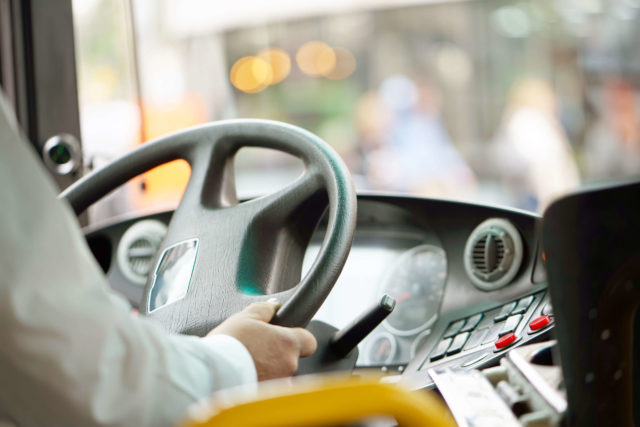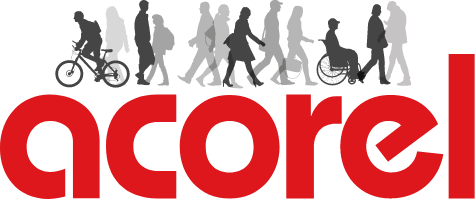Summer is ending and people are returning to their daily lives (commute-job-sleep). These last years, public transport systems worldwide have experienced a significant decline in passenger numbers. As the world moves towards recovery, it is crucial to rebuild confidence in public transportation and encourage a gradual return to publix transport. An innovative and effective approach to achieve this is to implement a regulation solution, which improves safety measures and provides passengers with peace of mind for a hassle-free journey.
A regulation solution in the context of public transport refers to the integration of advanced technologies and data-driven systems to manage passenger flow and maintain a controlled capacity in public transport vehicles. By using various sensors, cameras, and analytics, this solution allows transport authorities to monitor and regulate the number of passengers boarding at any given time, ensuring compliance with social distancing guidelines and maintaining a comfortable environment for all.
Implementing a people counting solution
This technology offers several advantages that can significantly enhance safety in public transport:
Control of passenger numbers:
Automatic people counting allows monitoring of the number of passengers present in vehicles at all times. This helps to avoid overcrowding, which can be dangerous in case of emergency evacuation or critical situations.
Respect for maximum capacity:
Public transport vehicles have a defined maximum capacity for safety and passenger comfort reasons. Automatic people counting ensures compliance with this capacity, thus avoiding overcrowding situations that may lead to accidents or falls.
Surveillance of dangerous areas:
Certain areas in public transport, particularly entry and exit doors, stairs, and platforms, can be prone to overcrowding or accidents. Automatic people counting enables real-time monitoring of these areas, allowing operators to take preventive measures in case of danger.
Social distancing:
With concerns related to pandemics, social distancing has become essential to ensure passenger safety. Automatic people counting helps regulate the number of passengers on board to comply with social distancing guidelines and minimize the risk of disease transmission.

Itinerary and service planning:
Data collected by automatic people counting can be used to analyze passenger travel patterns, peak hours, and the most frequented routes. This information helps transport authorities plan more efficient itineraries and improve service availability based on actual demand.
Advantages of regulation solutions for public transport safety
Real-time monitoring:
With live data analytics, transport authorities can closely monitor passenger density, identify peak hours, and take preventive measures to avoid overcrowding in buses, trains, and other transport modes.
Improved hygiene standards:
Public transport safety goes beyond capacity reduction; it also involves maintaining high hygiene standards. Regulation solutions can facilitate regular cleaning schedules and ensure that vehicles are disinfected more frequently.
Contactless boarding:
Many regulation solutions offer contactless payment and boarding options, further reducing the risk of viral transmission through surface contact.
Data-driven decision making:
The data collected by regulation systems can be used to make important decisions regarding transportation policies, such as adjusting schedules or deploying additional vehicles during peak demand periods.

Promoting a return to public transport usage
Rebuilding trust:
The implementation of a regulation solution demonstrates a commitment to passenger safety and strengthens passenger confidence. By emphasizing safety measures, public transport can become a more attractive and reliable option for daily commuting.
Ensuring comfort and convenience:
Regulation solutions can prevent overcrowding, resulting in a more comfortable and pleasant travel experience for passengers. Consequently, people may choose public transport over private vehicles, reducing traffic congestion and pollution.
Dynamic scheduling:
By leveraging real-time data, regulation solutions can optimize scheduling to accommodate peak and off-peak travel hours. This approach ensures efficient transport services and reduces waiting times for passengers.
Transparent communication:
Transport authorities should communicate the implementation of regulation solutions clearly and inform the public about how these measures improve safety. Transparent communication will contribute to building trust and understanding among passengers.
For more information click here
